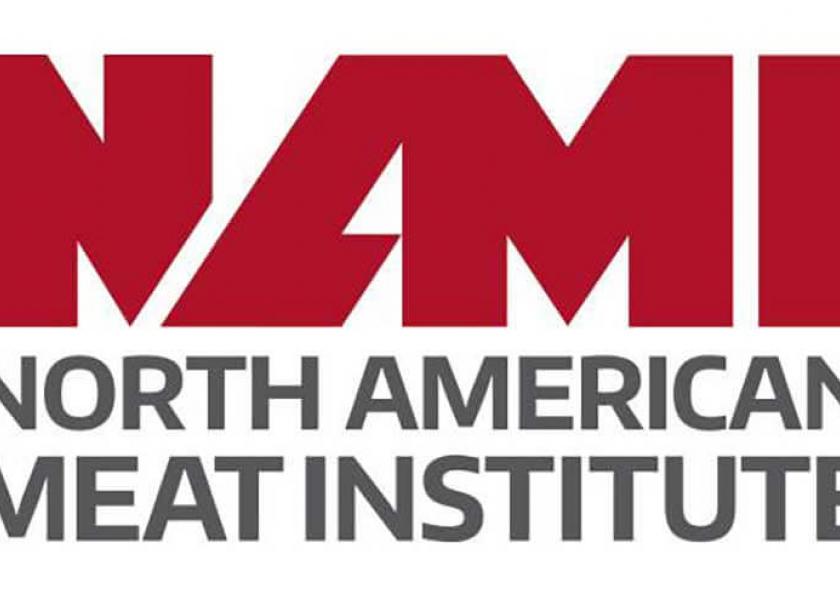New Meat Sector Data on Continuous Improvement, Sustainability

More than half of all establishments operated by North American Meat Institute members – including 93% of member companies with more than 2000 employees – submitted data for the meat sector’s second annual sustainability report, released Thursday.
The Meat Institute reports the number of companies submitting data for this year’s report grew by nearly 60%, reflecting commitments and actions covering an estimated 90% of meat sold in the United States. The metrics and goals of the project align closely with on-farm efforts in beef, pork, poultry and feed to drive supply chain-wide sustainability, the organization says.
“Ninety-eight percent of American households purchase meat, putting our sector undoubtedly at the center of sustaining healthy diets, healthy communities, and a healthy planet for generations to come,” said the Meat Institute’s president and CEO Julie Anna Potts. “The Meat Institute has a clear vision for 2030 and has established measurable targets to verify progress along the way, including through this game-changing data collection and reporting which will incentivize sector-wide implementation of best practices and allow us to identify gaps where further resources are needed to achieve ambitious goals.”
The Meat Institute’s ambitious goals include that by 2030 100% of members will have set a science-based emissions reduction target by 2030. To date, 14 Meat Institute general members representing the majority of meat sold in the United States, plus 10 supplier/allied members, have set or publicly committed to set targets verified by the Science-Based Targets Initiative.
Of establishments reporting data, 66% are covered by a company commitment to set scope 1 and 2 emissions reduction goals; 62% are covered by a company commitment to set scope 3 emissions reduction goals. In September, the Meat Institute and the UN Global Compact Network USA jointly released a practical tool to help meat companies conduct emissions surveys, the first critical step in the path to setting science-based targets.
To verify progress toward its goals for 2030, the Meat Institute’s Protein PACT aims that by 2025 100% of members who handle animals will pass third-party animal transport and handling audits and all members will require all suppliers to implement employee training and follow species-specific standards for animal care.
By 2030, the Meat Institute aims that 100% of its members will be reporting on all metrics for its sustainability objectives.
Aiding another key target to help families facing hunger access enough high-quality protein, Meat Institute members donate tens of millions of dollars and meals to food banks and charities across the country every year. The majority of companies reporting data contributed to food banks and charities in 2022.
Examples of food security actions in this reporting period include:
- Bob Evans Farms announced a four-year partnership with Mid-Ohio Food Bank to donate more than $1 million in cash and food contributions.
- Hormel Foods and Tyson Foods partnered to support communities affected by the Maui wildfires, with Hormel donating more than 264,000 cans of SPAM and Tyson donating more than 100,000 lbs of protein.
- Smithfield Foods donated 28,000 lbs of protein to Florida communities devastated by Hurricane Idalia.
- Swaggertys has donated nearly 35,000 lbs of frozen sausage to local food banks and charity organizations so far in 2023.
The Meat Institute’s full 2023 continuous improvement report is available here.







